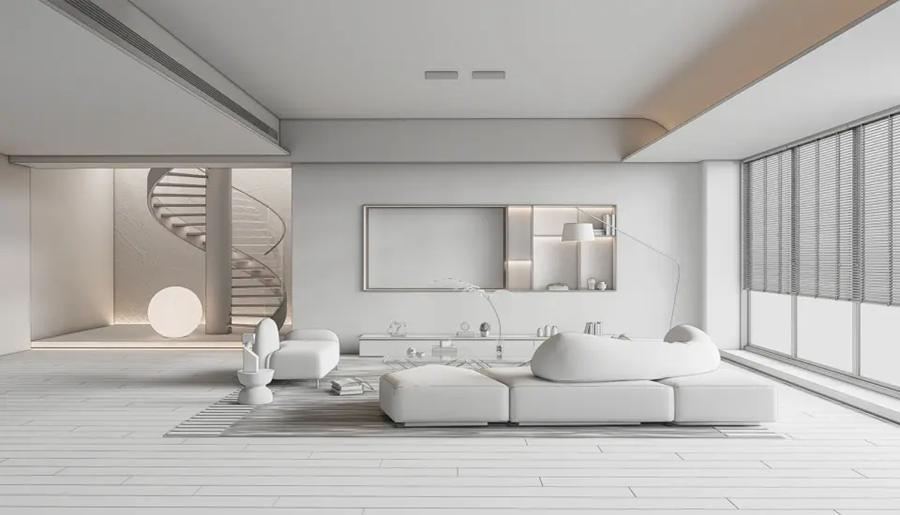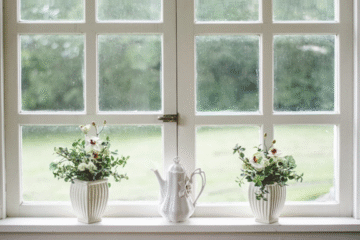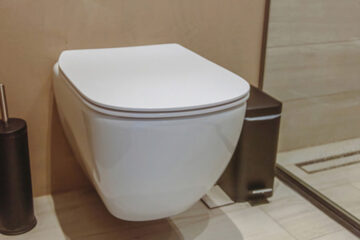Room Design Ideas – Help Achieve Beautiful and Functional Room

Image Source: www.reroom.ai
When it comes to designing a room the options are endless. As they say, you are limited only by your imaginations. There is no hard rule to designing a room so as you achieve something and functional. After all, a room should serve its purpose. For instance, a bedroom should be a place that allow you to rest and relax; a place that will help you recover from the hustle and bustle of the day. Of course, there are many things to consider such as your personal preference, budget, and room size, to name a few.
If you need help with designing a room, then you might want to take advantage of platforms and apps that allow you to bring design ideas close to real life such as AI room design apps. There are benefits to using such apps and the most notable ones include the following:
Room design visualization in real-time
The capability of AI interior design apps to provide real-time visuals of design modifications is one of its most notable characteristics. Users can quickly see how their design changes when they experiment with different layouts, change the color of the walls, or rearrange furniture.
More personalized designs
AI is excellent at examining user preferences and style to produce incredibly tailored design recommendations. AI can suggest particular aspects that best suit a user’s needs by learning about their preferences for color, furniture design, and layout. For instance, if you opt for a minimalist design, the app may automatically recommend furniture or décor that complements those styles. The design process is made more easy by this customized experience, which guarantees that customers are shown alternatives that are pertinent and fit for their style.
Virtual staging features
A useful technique for letting users see how furniture and décor will fit into their area is virtual staging. Without requiring a physical setup, users can view the placement and arrive of furniture in a room arrangement. This feature makes it easy to find the correct furniture without having to deal with physically moving objects about by letting users experiment with alternative layouts. It removes the uncertainty that many people have when imagining how particular pieces will fit together.




